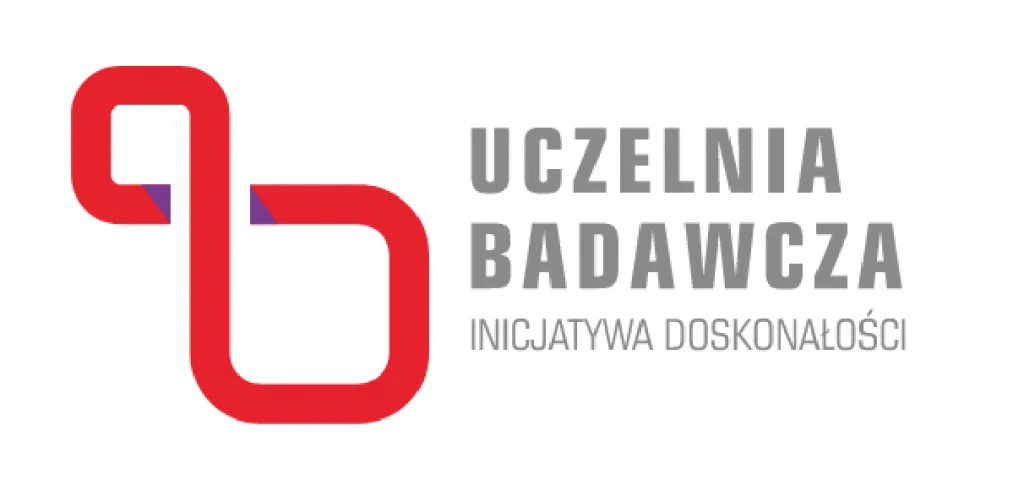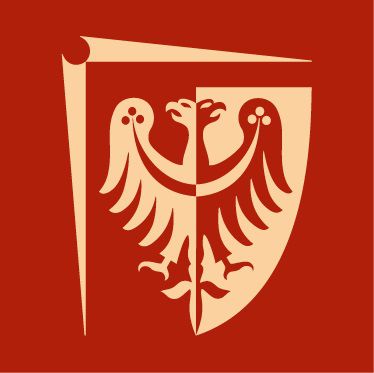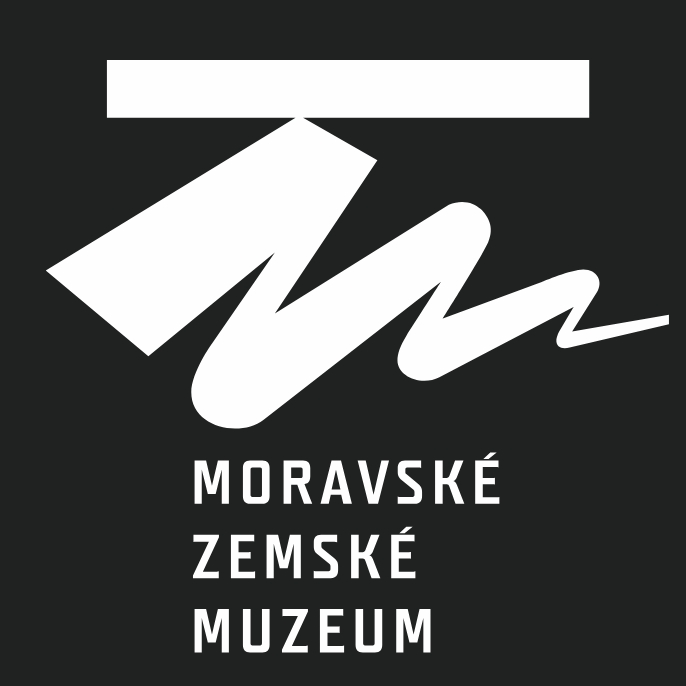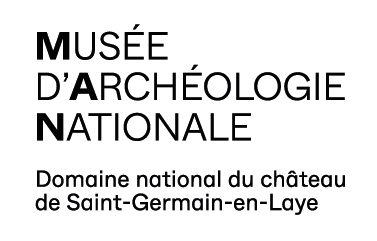The Magdalenian culture, flourishing during the Late Upper Palaeolithic (17,000–12,000 years ago), spanned vast areas from the Iberian Peninsula to southern Poland. This tradition is characterised by engraved tools, anthropomorphic figurines, and portable art objects crafted from bone, antler, stone, and other materials. In southern Poland, approximately 130 such artefacts have been discovered, which have so far been analysed primarily in terms of their form and aesthetics.
The project proposes the application of the biographical method, enabling the study of the processes of production, use, and abandonment of these objects within the context of hunter-gatherer communities. Innovative techniques, such as microscopy, computed tomography, and artificial intelligence (AI)-based analysis, will be employed to investigate the methods of creating ornamental designs and their social functions. A key objective is to determine whether the complex ornaments were created in a single session by one individual or over time by multiple artisans.
The findings will be compared with artefacts from Moravia, Saxony, Thuringia, and France, providing a broader understanding of this phenomenon on a European scale. The project also integrates experimental archaeology, aiming to reconstruct the techniques used to produce the engravings and figural representations. The results will be published in prestigious international journals, and the project will contribute to developing an innovative model for the analysis of prehistoric art.
University of Wrocław
Wrocław University of Science and Technology
University of Rzeszów
Institute of Archaeology and Ethnology, Polish Academy of Sciences
Ústav Anthropos, Moravské zemské muzeum, Brno
Musée d’Archéologie nationale, Saint-Germain-en-Laye
Seminar Ur- und frühgeschichtliche Archäologie, Friedrich-Schiller-Universität Jena















